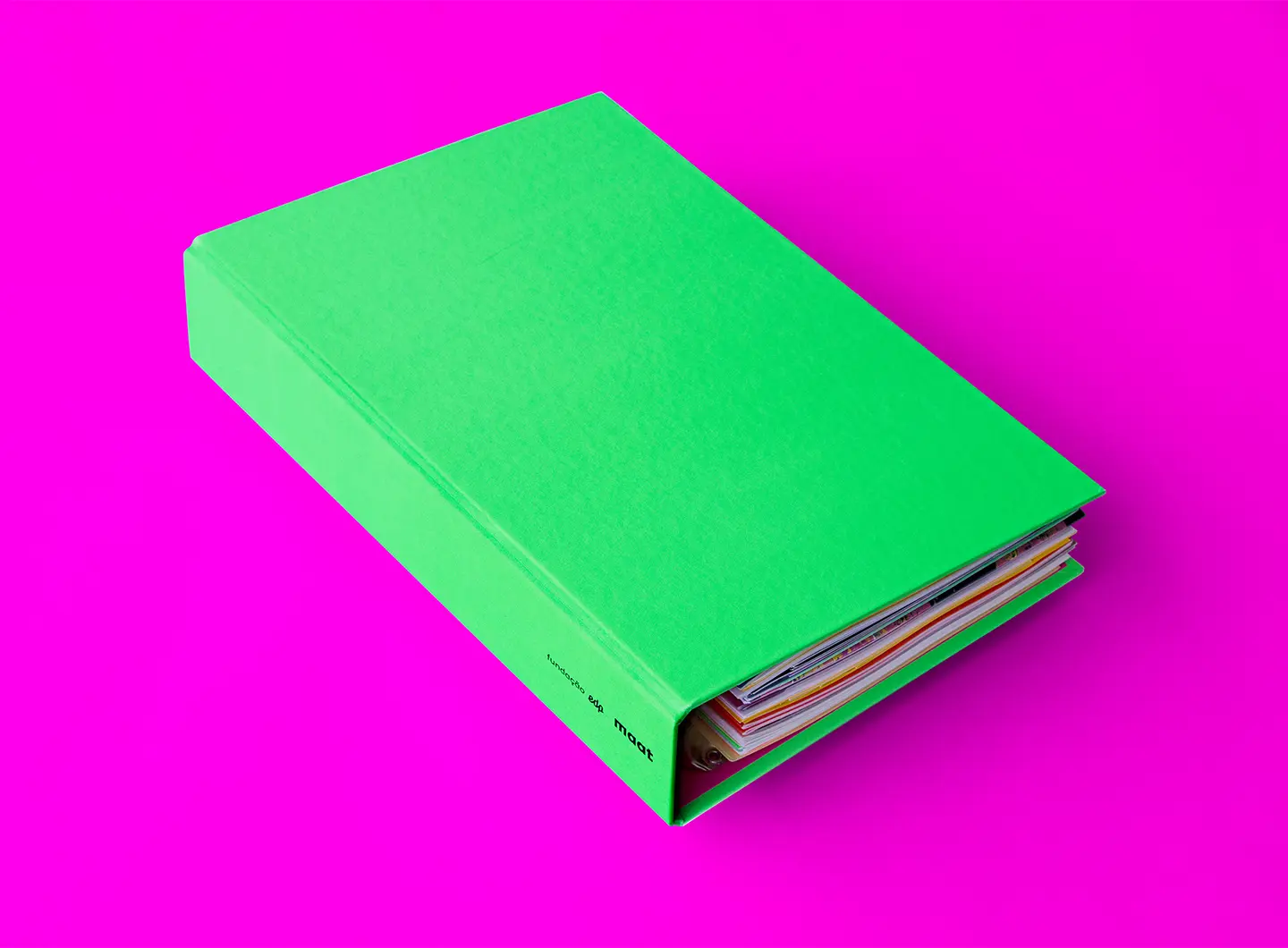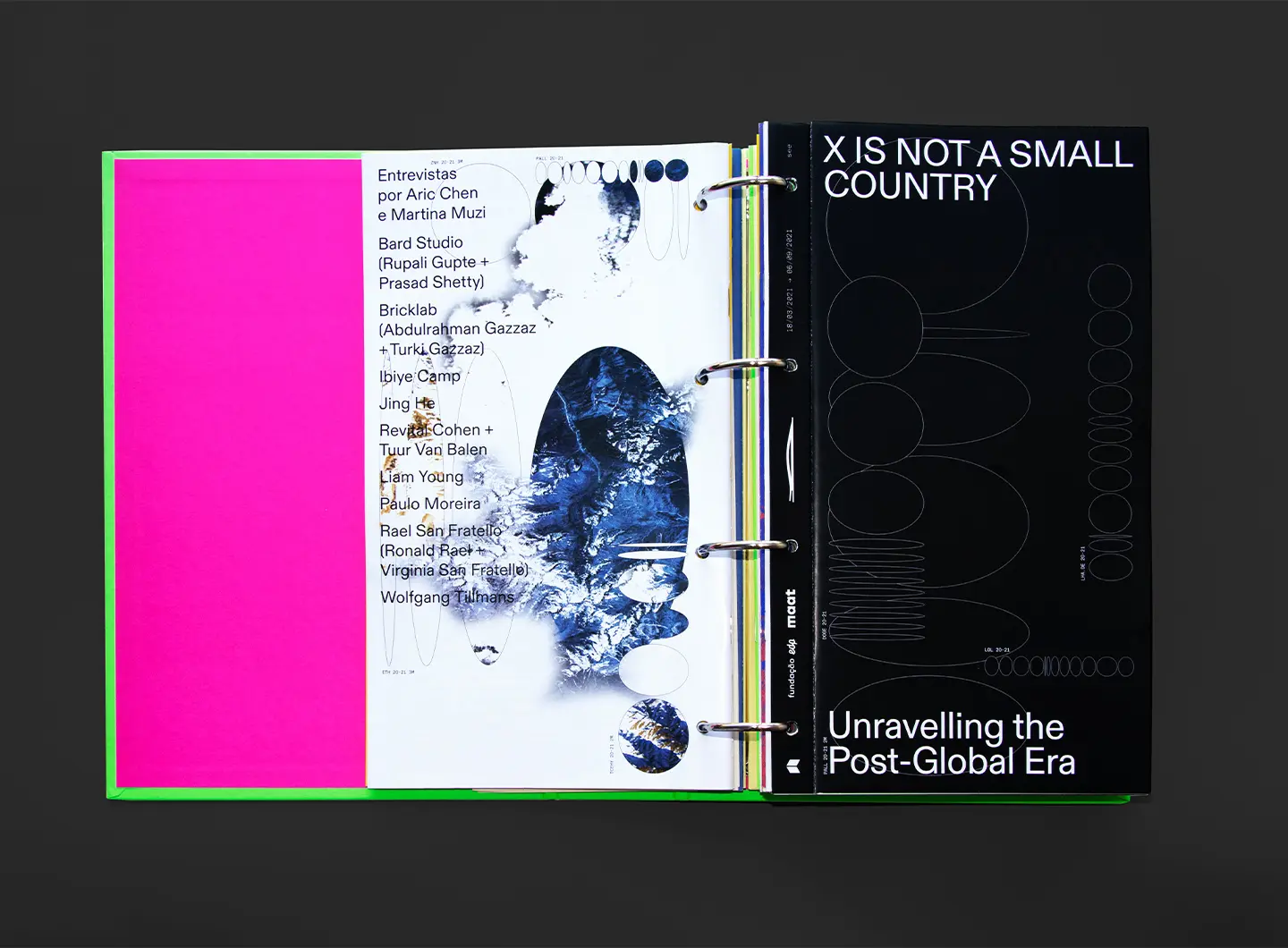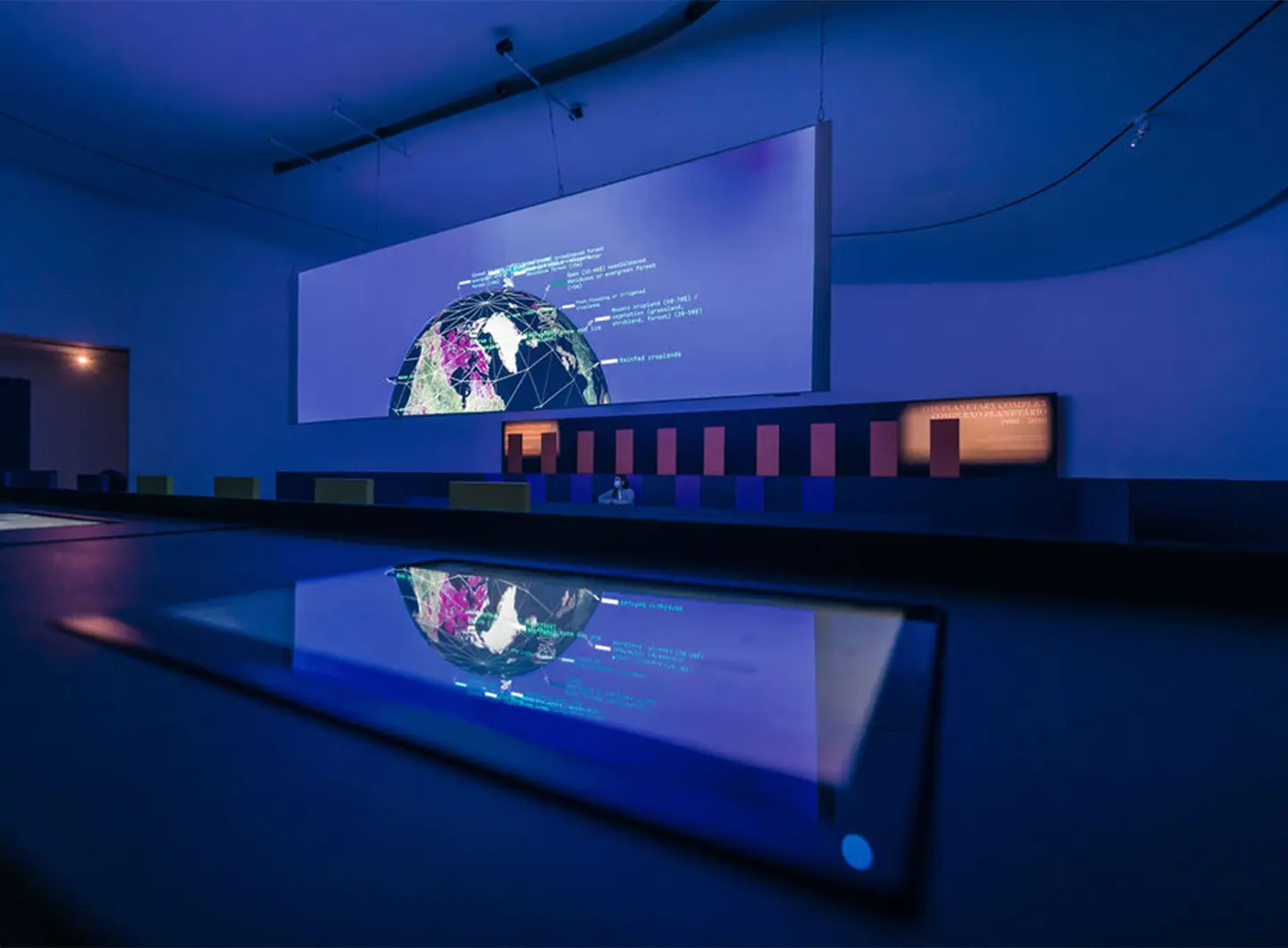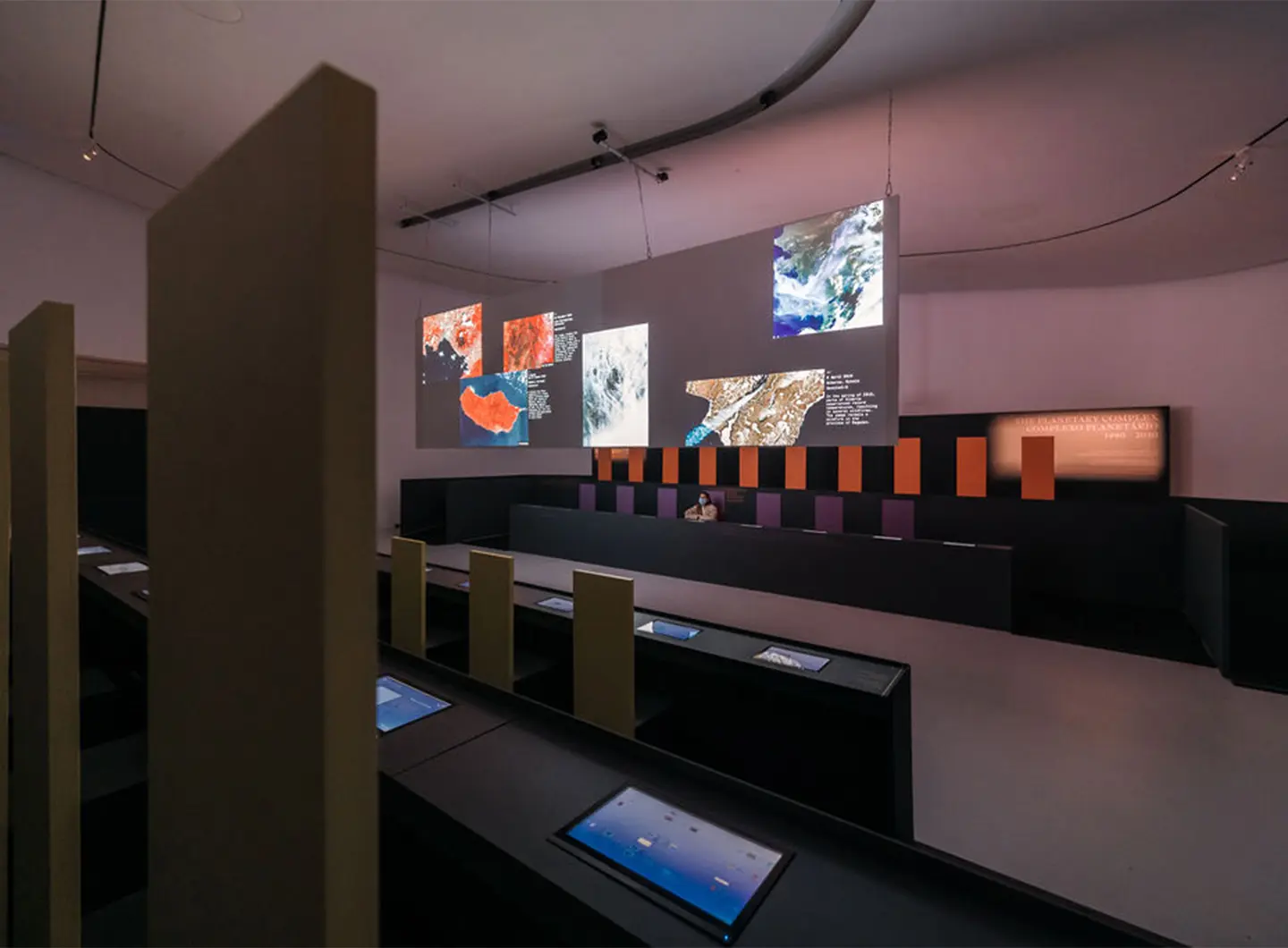From BIG to David Chipperfield, Frank Gehry to Snøhetta: a world tour of the best buildings set to open in 2026
Beatrice Leanza: “Design is a tool, not an end”
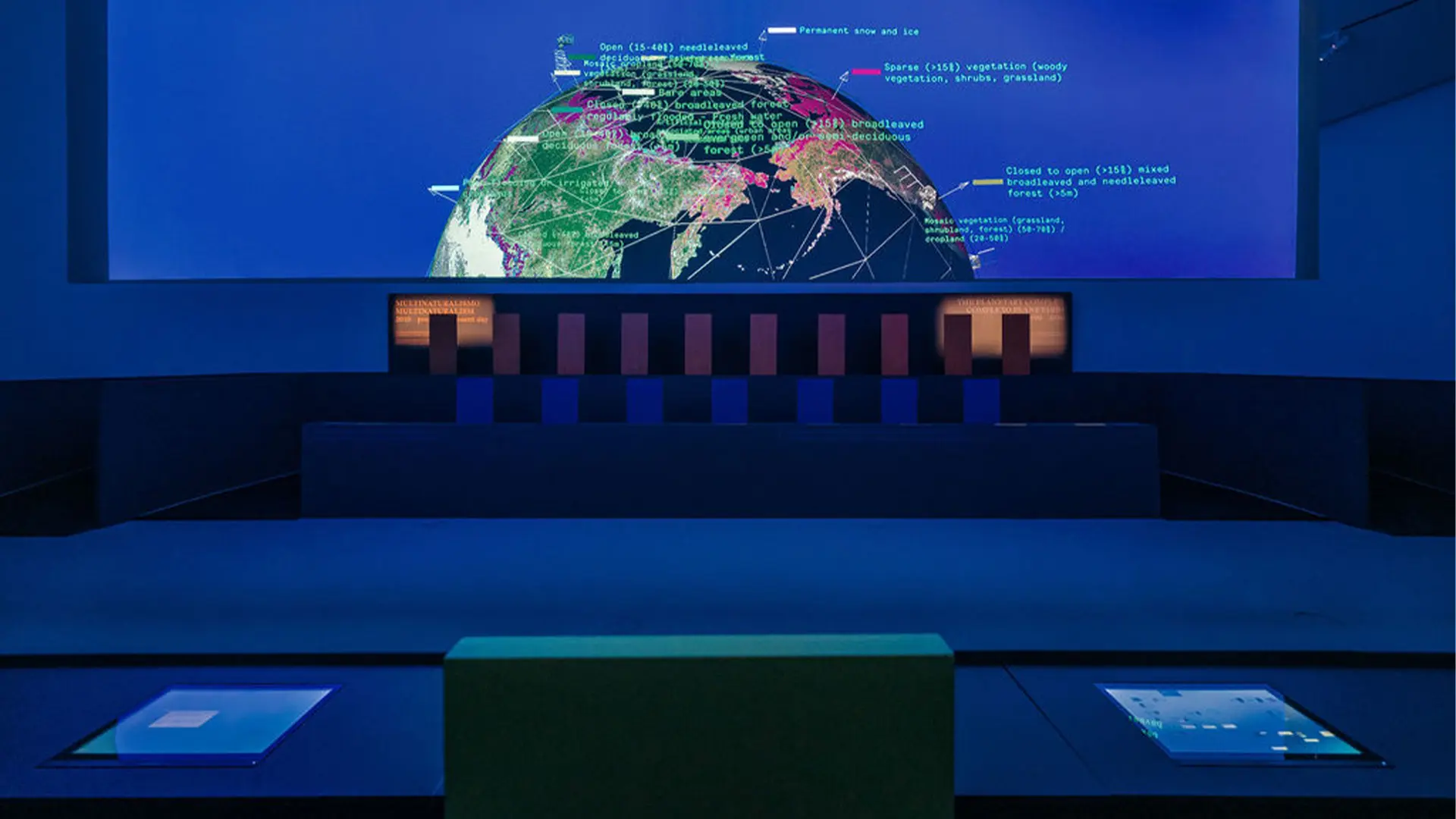
Visual Nature by Pedro Pina, MAAT, photo courtesy
Beatrice Leanza brought her multifaceted and activist-laden vision of design to the Salone to focus on problems and propose possible future scenarios. We asked her for her personal perspective on the role of design in the contemporary world
Radical Nature - the design and science of worldbuilding, is the title Beatrice Leanza chose for the talk she curated last June 10 during the 60th edition of the Salone del Mobile in Milan. Moreover, precisely in that title, we find part of her vision and idea of what design is nowadays.
Curator, critic, and cultural strategist for many years Beatrice Lenza lived in China, where her career began and where she worked as the creative director of Beijing Design Week, also participating in the The Global School foundation, an independent institute for innovative research.
Returning to Europe in 2019, from that date until 2022, she has been leading the MAAT museum in Lisbon and from January 2023 will lead Mudac, Cantonal Museum of Contemporary Design and Applied Arts in Lausanne. An international curriculum, long experience in the East, and a profile that reflects the current need to look at the design from different angles.
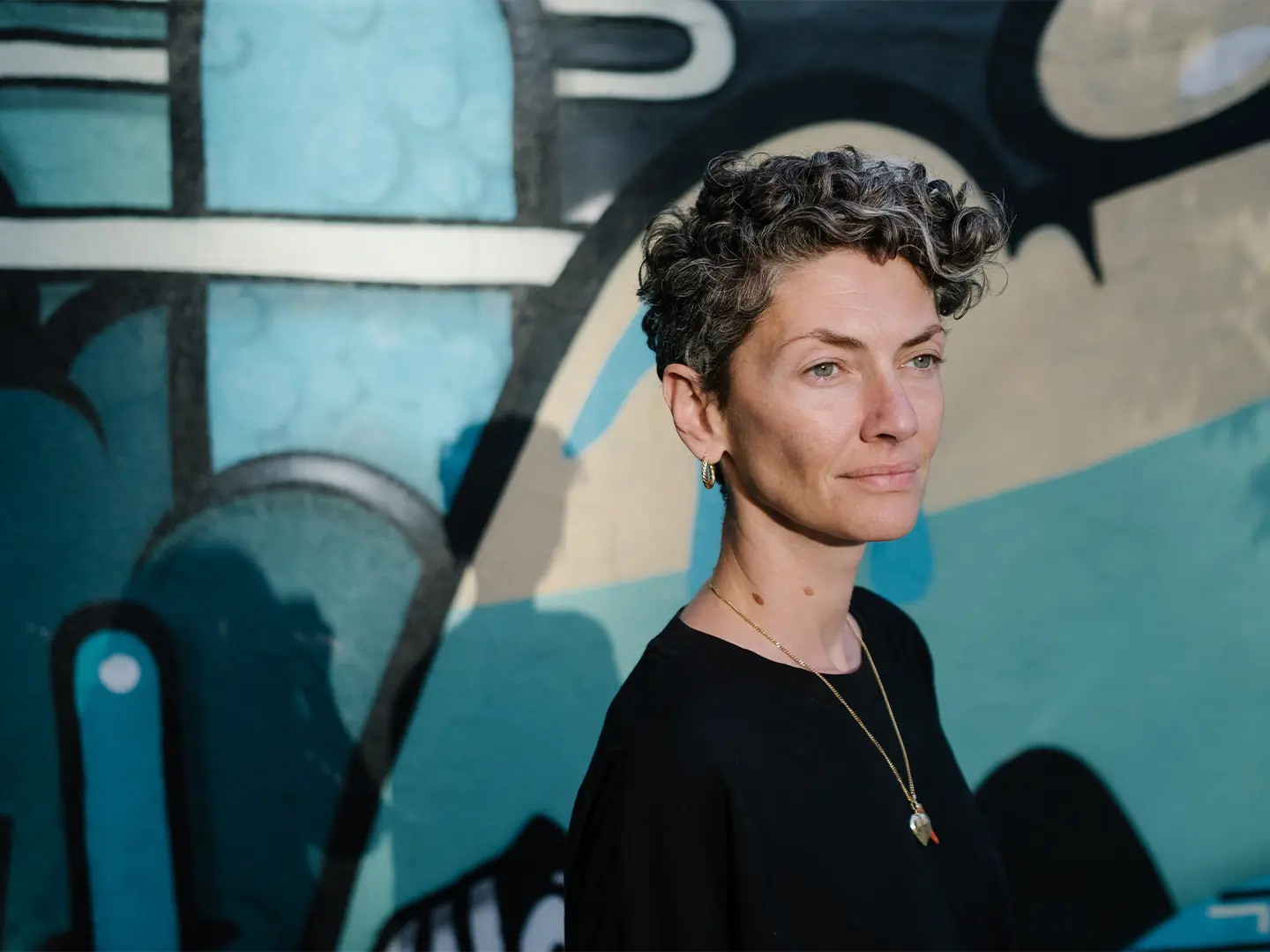
Beatrice Leanza, ph. Diana Tinoco
A multifaceted figure and interested in the most transversal categories of contemporary design, in her work and for her talk, she has decided to discuss complex but significant and urgent themes, giving the floor to designers who have been able through their work to analyze the contemporary and suggest possible answers. In the temple of what is more traditional design related to furniture and product, Beatrice Leanza decided to show unorthodox and sometimes difficult-to-understand design activities, but that, as she says, have begun to raise issues and create questions on which solutions and alternative futures can be built.
In her research and curatorial work, Beatrice Leanza considers it necessary to search for design expressions that produce critical, sometimes provocative acts but have a positive social impact.
“In my work, I always try to bring out a practitioner's deep idea of the design discipline to express the potential in a complex and stratified contemporary society.”
For Leanza, design becomes a lever of social development through its ability to create cross-cutting, creative and critical thinking that takes charge of contemporary issues.
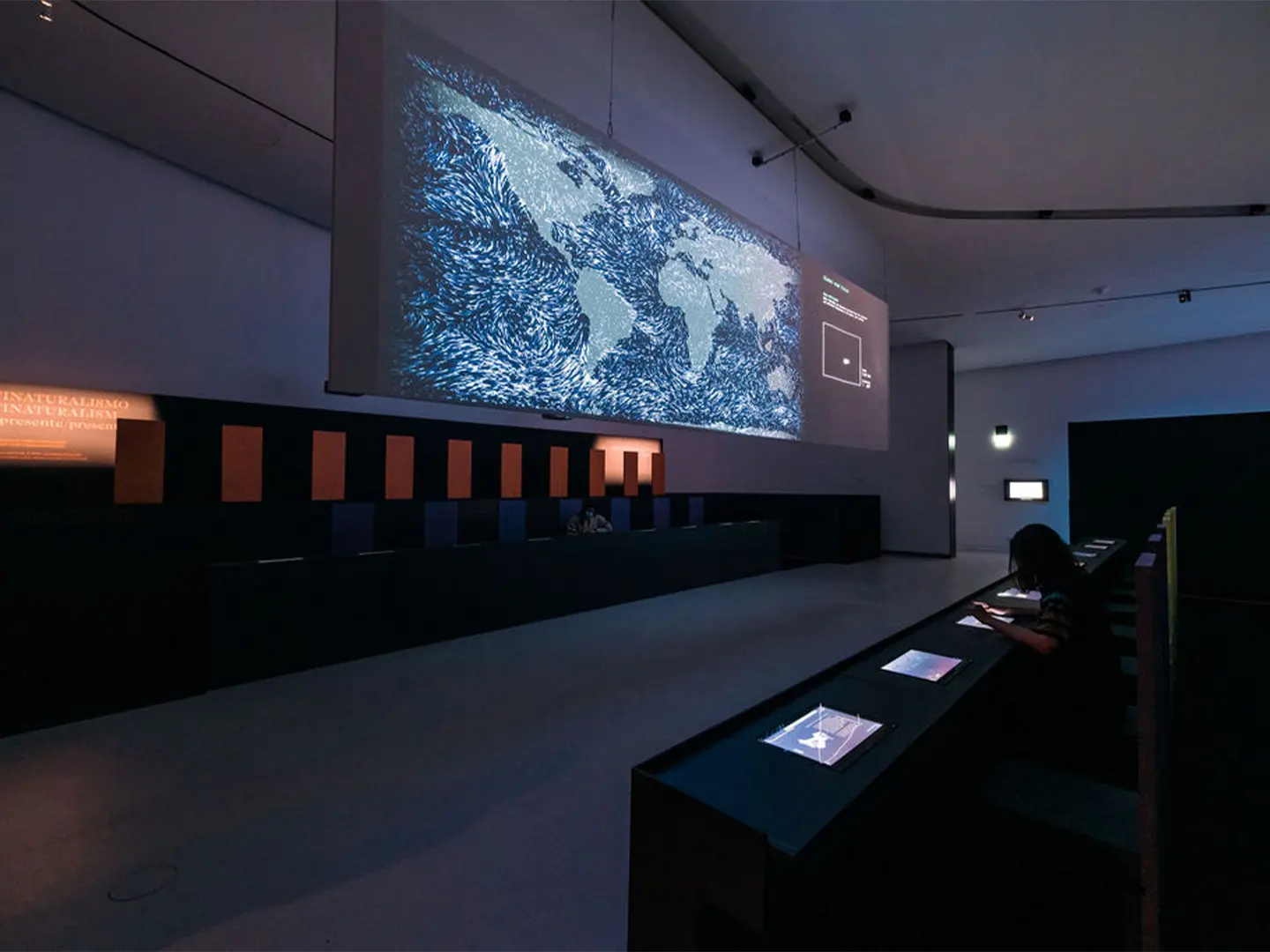
Visual Nature by Pedro Pina, MAAT, photo courtesy
With her vision, Beatrice Leanza shows us how the difficulty of defining design becomes its true strength. The process and the medium used to become the product themselves, even if it does not merely look physical but is alive in consciousness. What skills do you think a contemporary designer should possess?
“I think an ethical intent based on intellectual generosity, openness to diversity, to knowledge that comes from adjacent or intersecting knowledge in the design field is fundamental for those who want to operate in the world of creativity and innovation today. To be able to see oneself as part of a whole and not 'architects' of a whole system also means not fearing risk, navigating trajectories of varying scale, and impact-design is poetics and the politics of relationships, both of which must find a place in the creative universe of any designer.”
Leanza shows the idea of design being a collaborative storytelling tool capable of creating debate and showing a future, possibly a better one. The themes are multiple, but contemporary is a requirement. Central then is environmental sustainability, starting with the title for the talk and selecting the guests, all of whom are committed, even in different ways, to tell responsible and environmentally sustainable future visions. From speculative design to the democratization of energy, she showed how a designer could address current and urgent issues.
Starting with the work of architect/director Liam Young with his Planet city shows through the powerful medium of video, a future idea of artificial space in which territorial boundaries no longer exist but in which diverse societies coexist in sustainable ways in a city that becomes the whole planet. It continues with the critical and speculative work of Anab Jain of Superflux to the idea of a hyper-democratic energy supply coming from the sun with designer Marjan Van Aubel.
So Beatrice Leanza touched on different scales of the designable, from the spoon to the city, to quote Nathan Rogers, but also beyond to show that there are no boundaries to the design of the issue can take on. “But where is furniture in all this?” some might ask. This is the risk but also the challenge that needs to be embraced.
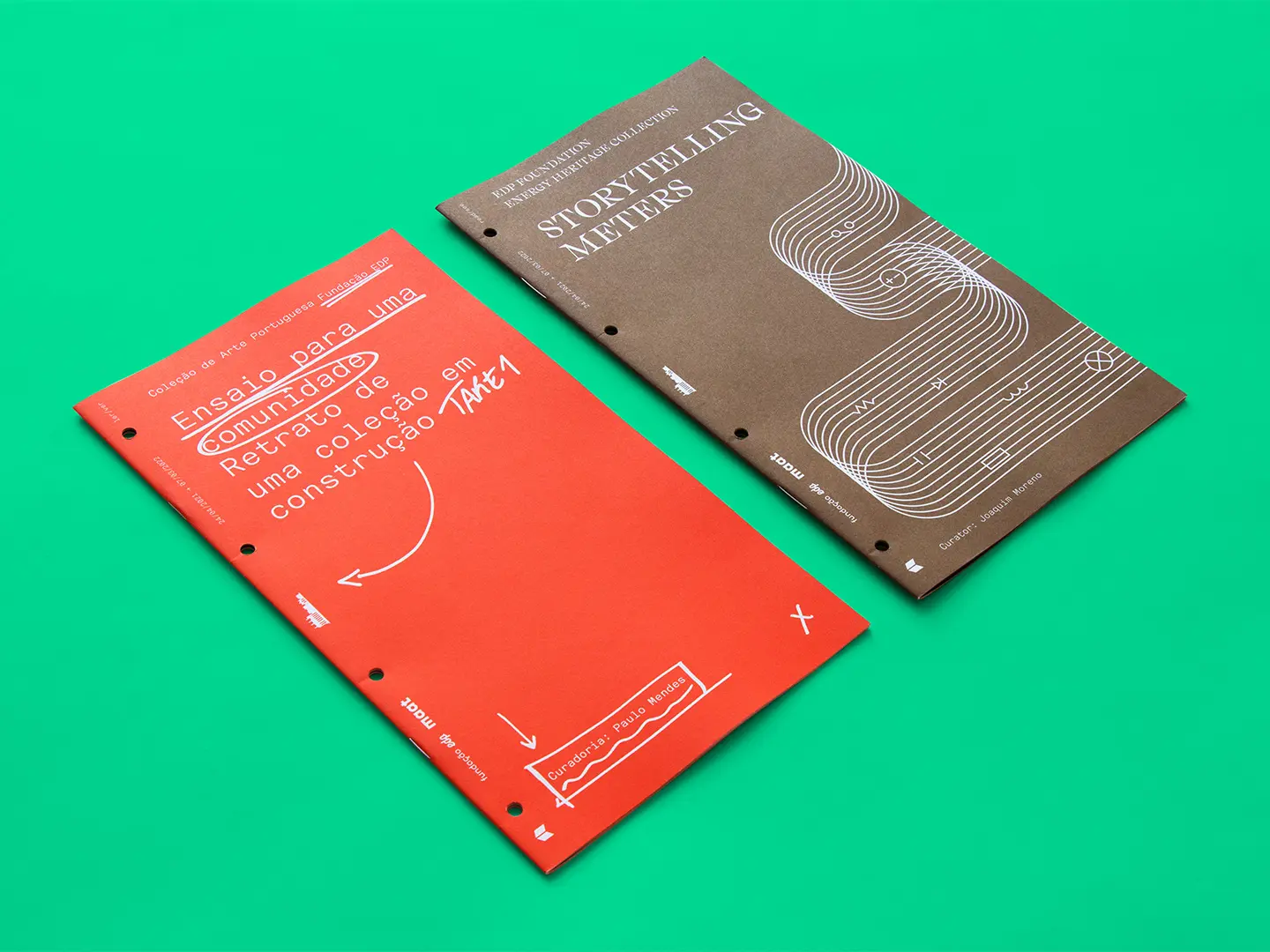
MAAT book, ph. Lisa Moura
Beatrice Leanza is very aware of how designers and the themes she brings to the stage are sometimes distant from the most common design vision. However, in accepting this challenge, she also clarifies how it is possible to avoid words resonating as an echo for insiders only " the contributions that have been brought to the stage activate discourse and predispose to involvement and activism that must be given room to speak. You have to address issues by shaking consciences and giving voice to emotions and reactions." As well as for her guests, Beatrice Leanza has an obvious idea of what the role of the planner is " it is not just a matter of solving practical problems, the task is to bring visions and propose critical aspects that are then understood and implemented by society.”
Problems, in Beatrice Leanza's vision, become design opportunities; there seem to be no boundaries for design in this sense because the design is a tool, not an end.
Her new future position will see her as director of a major museum institution, so we ask her about her views on cultural institutions. “II have always been a proponent of a vision of cultural institutions understood as platforms for experimentation and prototyping, social confrontation and inclusiveness. The museum is a transformative and ever-changing machine; it is a device for dialogue with the present and its complexities to make the future possible, imaginable, and habitable. Its success lies in absorbing the world, listening to it, and mediating it to expand the formulas and impacts of public and professional participation. Cultural institutions are responsible for edifying connections and experiences in celebrating diversity, making frictions visible, allowing various forms of expression to confront each other, and operating in all dimensions that constitute reality, whether physical, digital, or virtual. It is a metabolic machine that works 24/7 - to make, unmake, and remake the world!”
If 2050 is a cut-off date for human civilization, to be optimistic, let us try to imagine the designer's role from that date on. “A role that still has no definition”, she replies.
TALK: Radical Nature - the design and science of worldbuilding


 Stories
Stories
